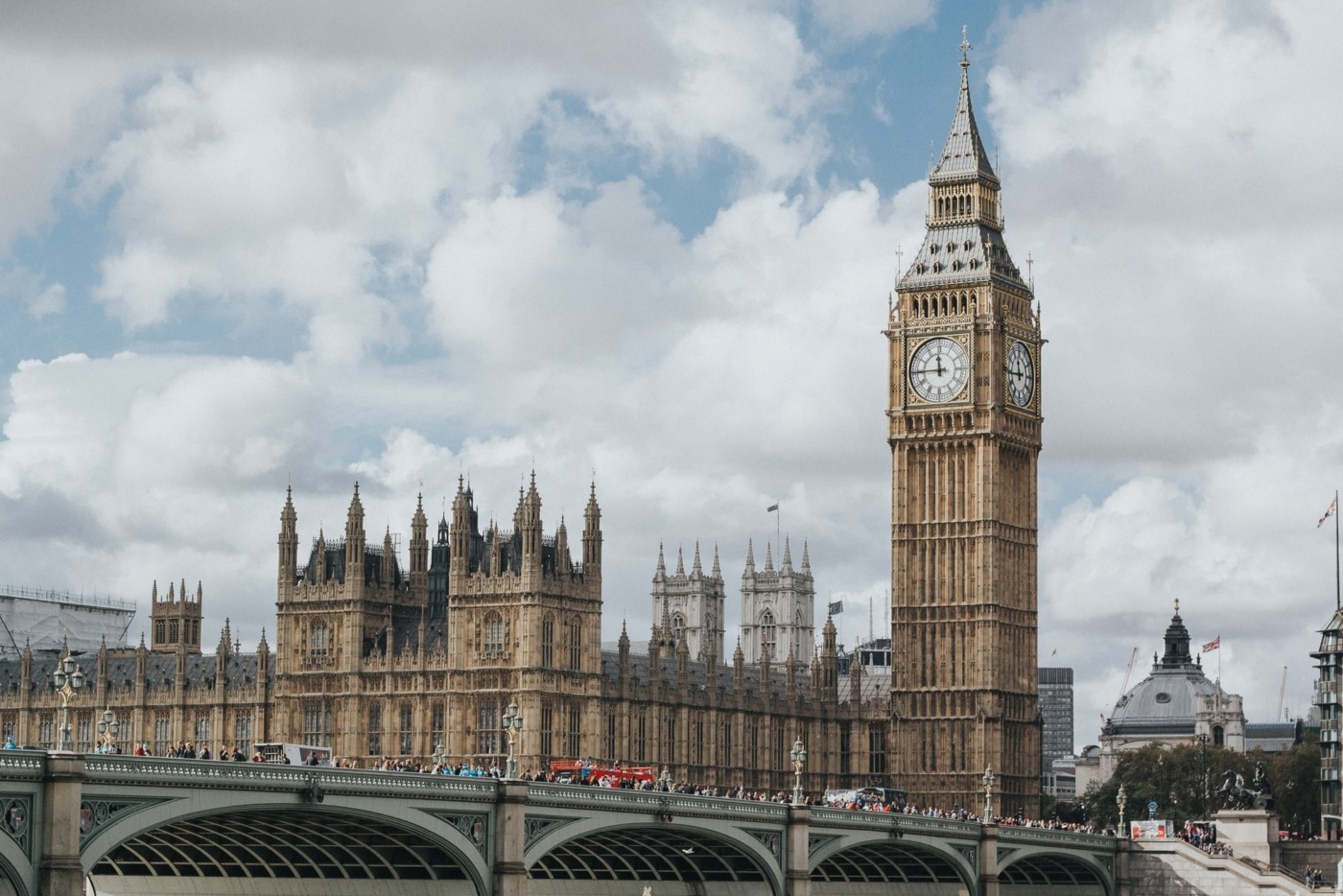Cavasing: the official general election artist
I have to admit – somewhat embarrassingly – that I didn’t know about the existence of an official general election artist until researching for how the arts section could cover the general election. It turns out that this is a little known fact, but I think its importance in detailing the relationship between art and politics cannot be overstated.
Each time a general election is called, an official artist is chosen by the Speaker’s Advisory Committee on Works of Art (of the House of Commons), to “observe and follow the campaign trail, before creating a unique piece of art for the parliamentary art collection.”
The idea of using art to comment on politics is nothing new. Protest art is an increasingly popular medium through which to criticise mainstream politics, but it is rare that mainstream politics itself sanctions an artistic representation of this.
The official sanctioning means, perhaps most interestingly for the final piece, it will presumably have to be politically neutral. Those in the arts community are some of the most politically charged, and so I’m interested to see how this year’s artist interprets this.
The artist chosen for the 2019 election is Nicky Hirst, but unfortunately knowing this doesn’t seem to provide us with any more answers as to what we might expect of the final piece. According to parliament’s website, Hirst “[works] in a variety of media, her interests include layers of history, people and places. Her inspiration and source material comes from a mix of observation, conversation and found objects.”
This raises the question of what medium and style can best portray a political climate. Will Hirst create a realist sculpture? Might we expect a satirical caricature? Or is she so disillusioned by the state of modern politics that she will choose to vent her rage in a Pollock-style explosion?
In recent years, it appears that the artists have been turning more towards technology
The idea of an official general election artist was only introduced in 2001, meaning there are limited examples of how artists have achieved this in the past. The Economist summarises: “Jonathan Yeo, the inaugural artist, created a triptych oil painting of the main party leaders where the size of their portrait correlated to their portion of the vote. In 2005, David Godbold produced Hogarthian satirical illustrations on scraps of election ephemera such as manifestos, letters and flyers.
“In 2010 Simon Roberts photographed the quiet lanes and doorstep conversations of day-to-day campaigning, soliciting more than 1,600 additional images from “citizen photographers” living and voting in far-flung places, which he posted on his website. Adam Dant, 2015’s pick, made brisk “lightning sketches” and uploaded them to a blog with some brief contextual detail.”
But in recent years, it appears that the artists have been turning more towards technology. Cornelia Parker (the official 2017 artist) chose to create two films titled ‘Left Right & Centre’ and ‘Election Abstract’, along with a series of 14 photographs. This was ground-breaking not only in that her pieces were the first digital artworks to enter the Parliamentary Art Collection, but in Parker’s use of social media.
It is certainly interesting that as political activism moves to social media, so does the artwork documenting it
The 14 photos were taken from Cornelia Parker’s Instagram account (@electionartist2017) which was set up specifically for the role, and it appears that Hirst will be following in her footsteps, currently documenting the development of her piece on the account @electionartist2019. It is certainly interesting that as political activism moves to social media, so does the artwork documenting it.
Currently Hirst’s Instagram feed is filled with photos of crosses (as you would put on your ballot paper) that she has photographed in various communities, which may give us somewhat of a clue as to what her final piece will entail.
Regarding the responsibility, Hirst has said: “I want to be as honest and transparent as possible about what I see as I immerse myself in this world. In my work, I’m often more interested in questions than in answers and I see my role as an artist to point at things and further examine processes.”
Melissa Hamnett, Head of Heritage Collections and Curator of Works of Art for Parliament, has called Hirst a “great choice” for the role. But perhaps more interestingly, she says: “Elections are vital moments in the political history of the nation, and have been the subject of paintings and engravings since the 18th century. Nicky will continue the tradition, illustrating not only politics, but the society and culture of our time.”

Comments